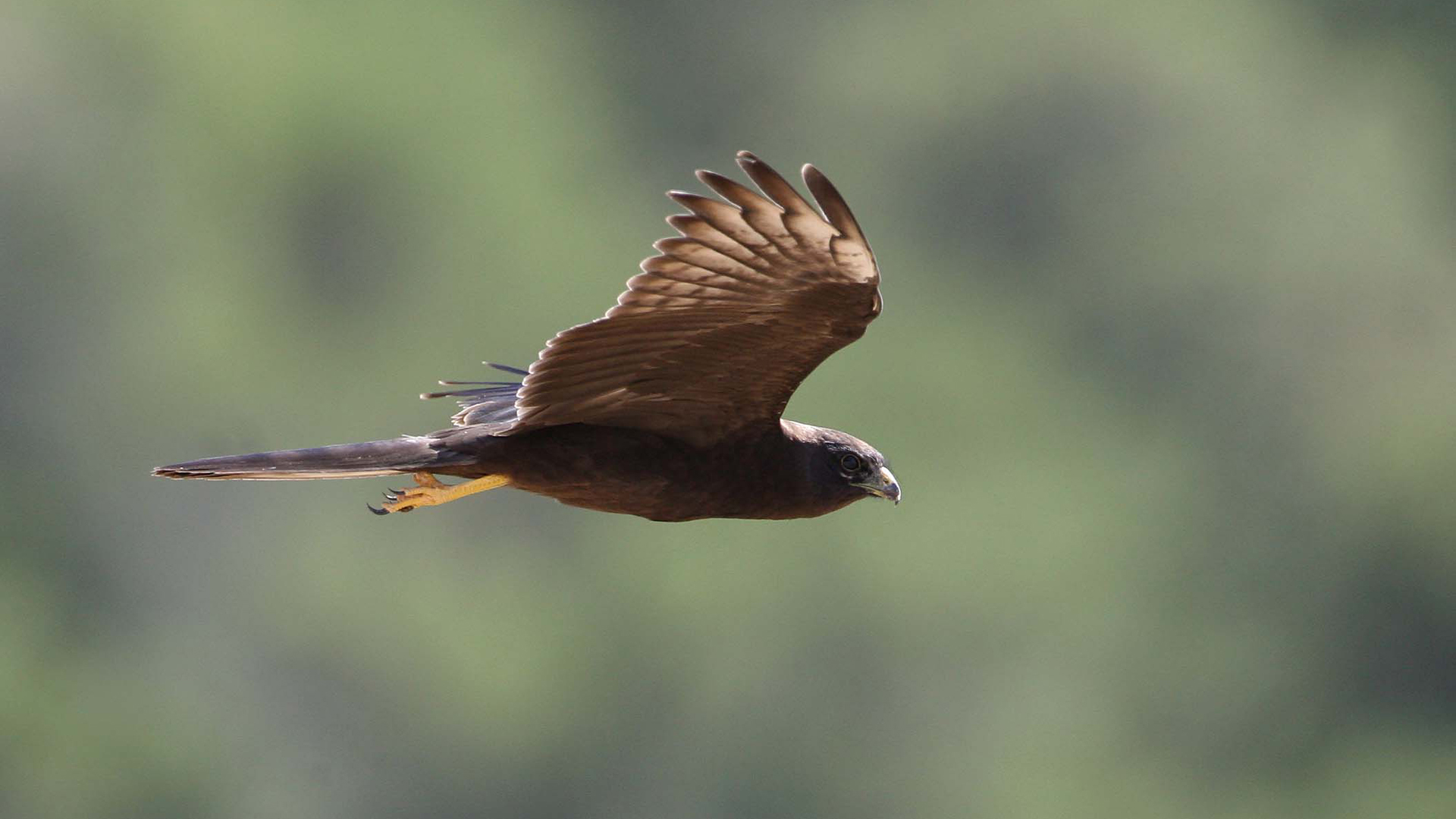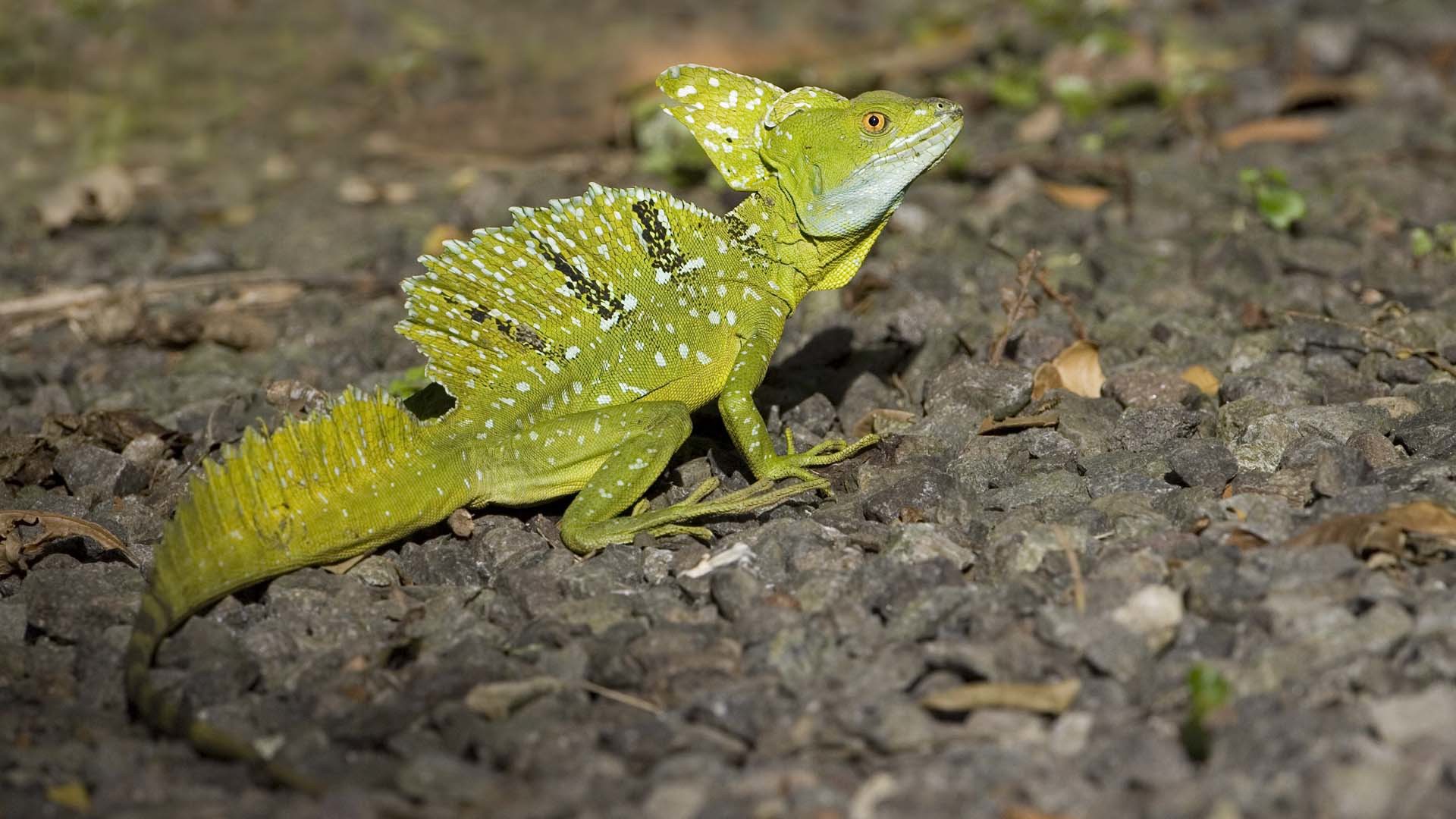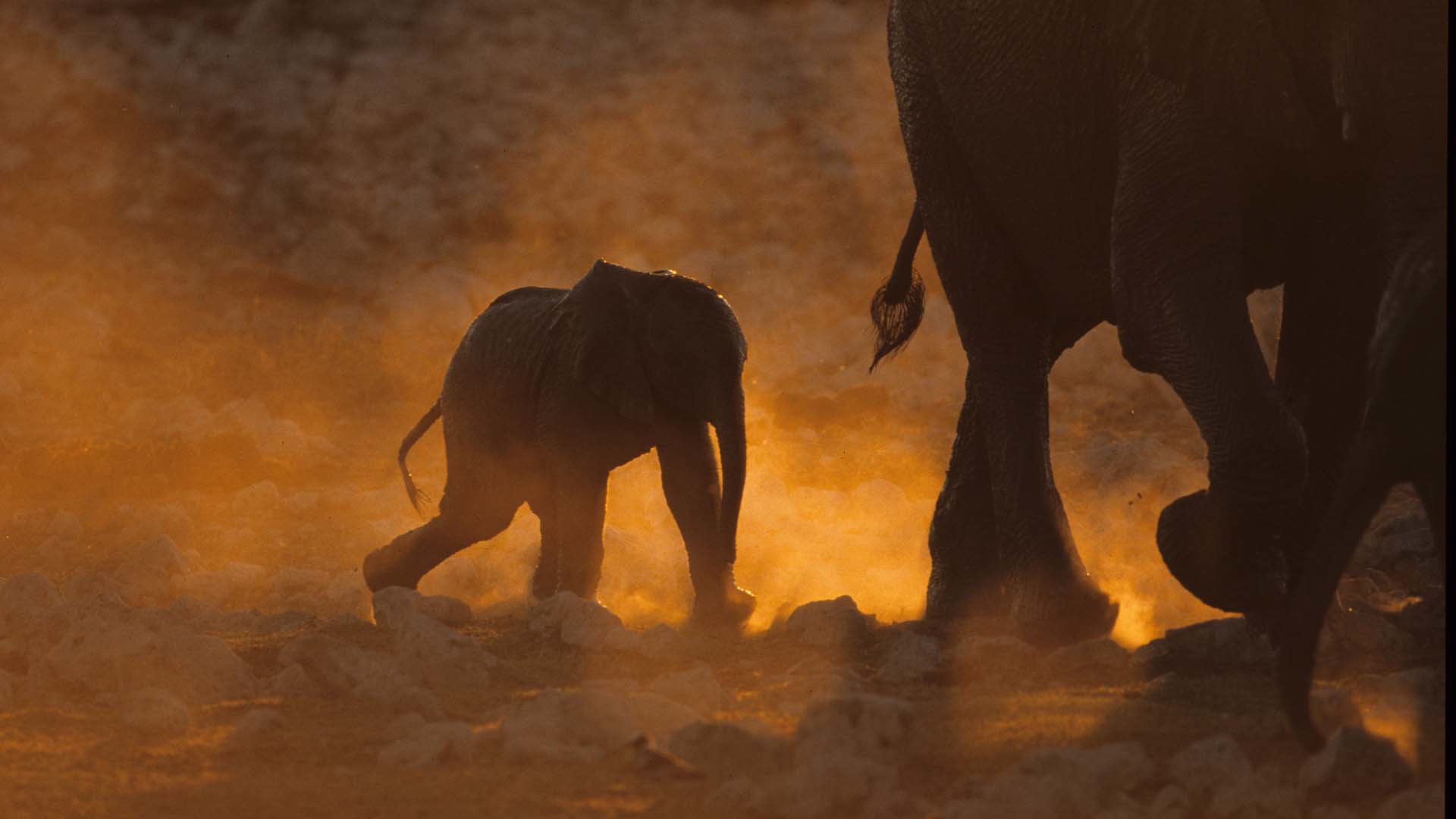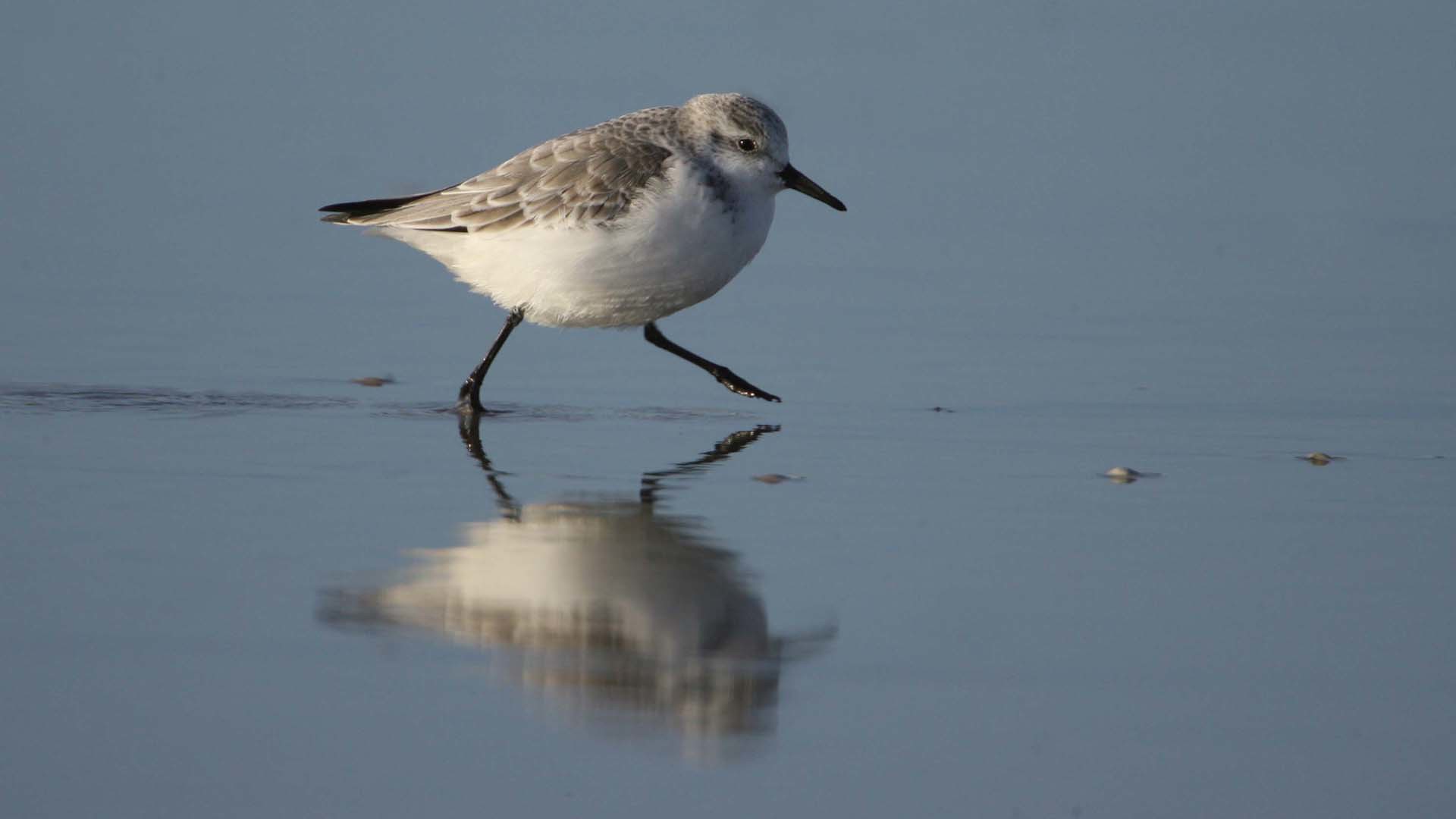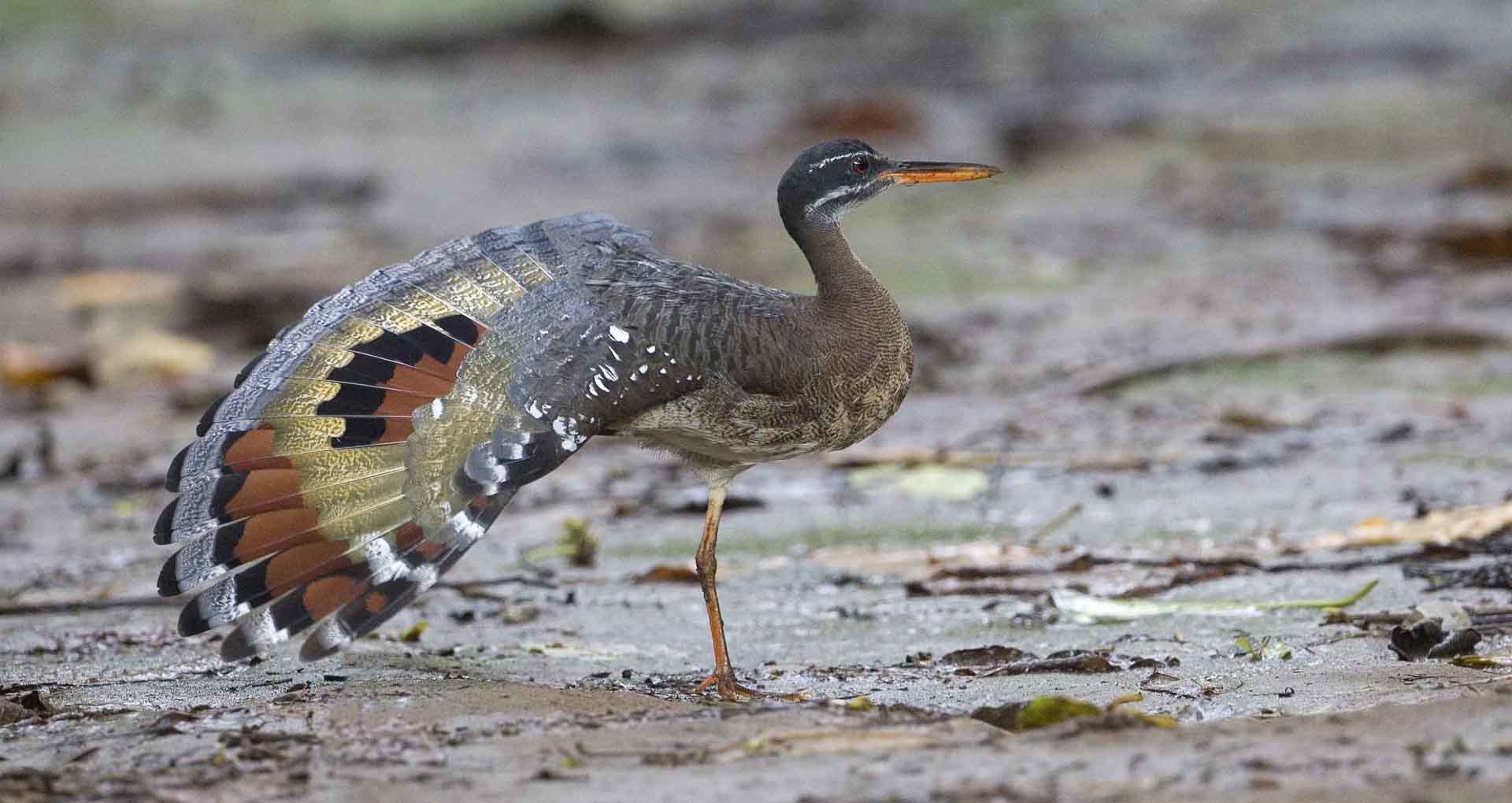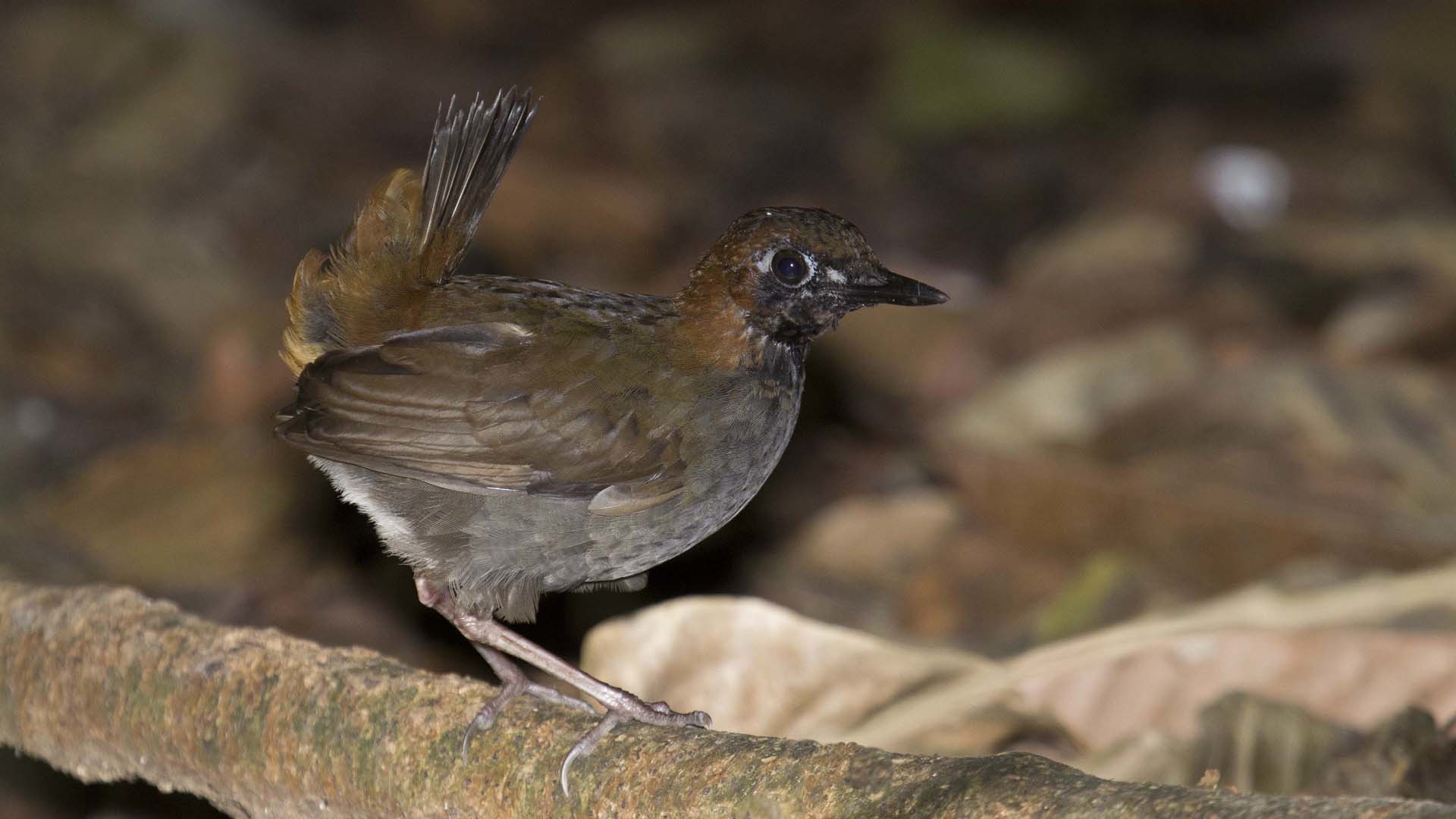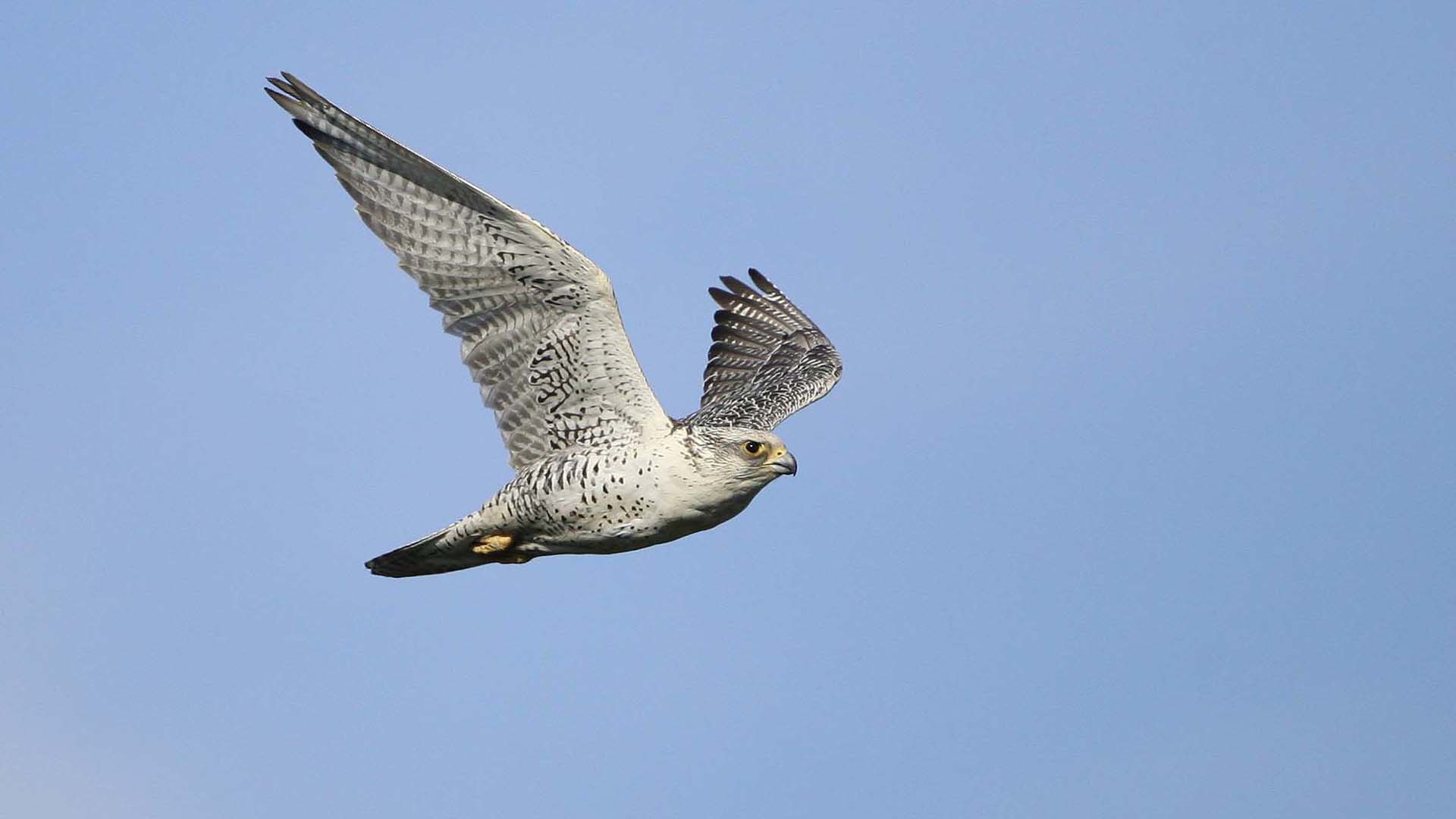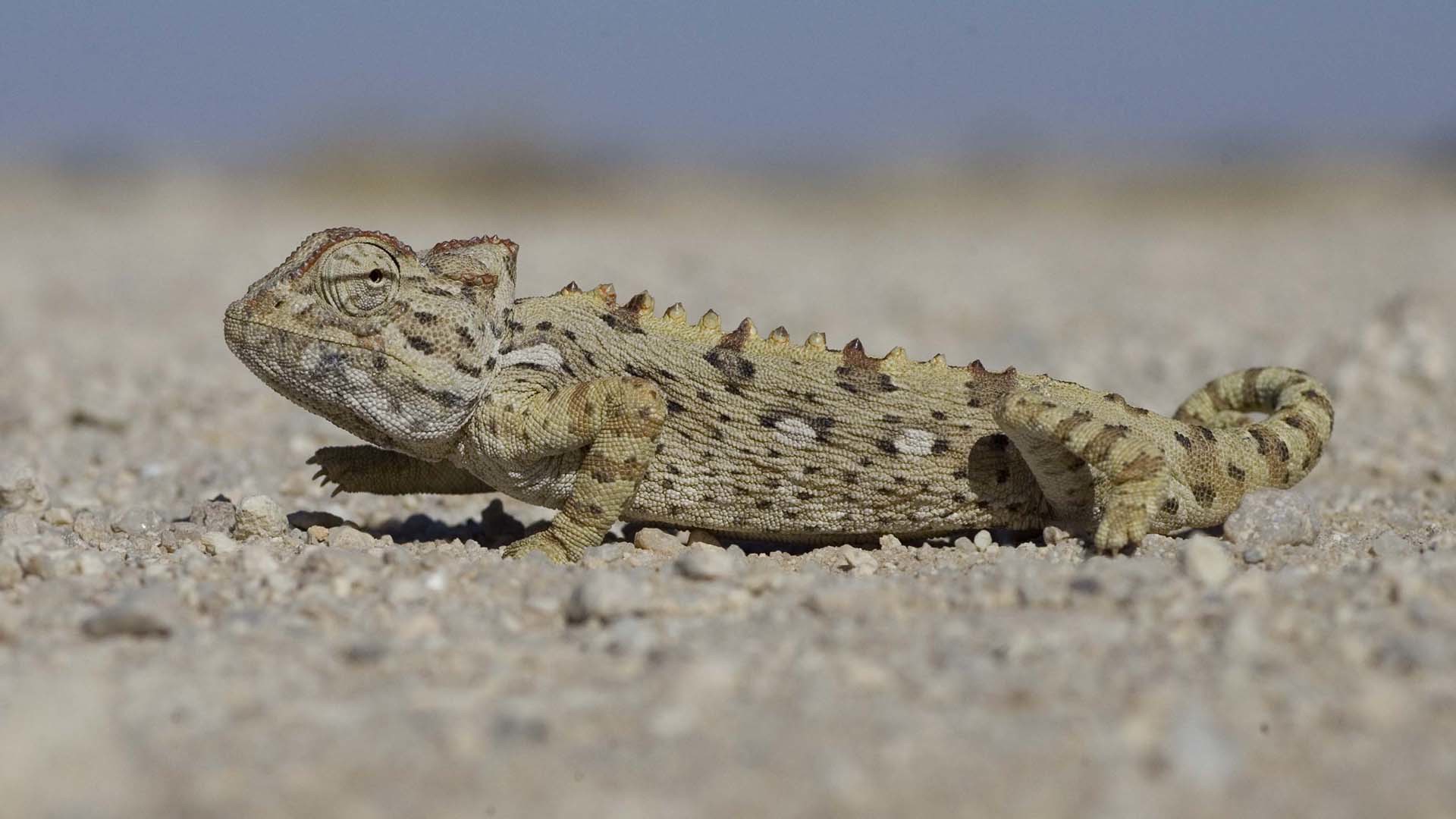
This time of year sees me spending endless hours following up the
fortunes, and misfortunes of Hen Harriers, arguably one of the most
elegant of all our raptor species. My first sighting of a male, way back
in spring 1972 was a special moment and since then I have had the great
privilige of being able to work closely with this species and get to
know it. As a Schedule 1 licence holder I spend each season monitoring
part of the small Welsh breeding population and this involves controlled visits
to the nests themselves to check on numbers of eggs and young. This
season, whilst all other aspects of my work fell of the cliff edge in
March, this is something I am still able to do and I have had more time
than usual. So far this year has been an average for numbers but Hen
Harriers are themselves vulnerable with two nests having already been
plundered by fox. As I write, I am watching continuous heavy rain and
knowing that young are sitting in or near ground nests with little
protection. As long as there is a break soon the adults can then resume
hunting. I am increasingly of the view that the birds can detect
oncoming bad weather as I find this seems to be preceded by non-stop
hunting. This would suggest that perhaps there is a mechanism where they
can detect dropping barometric pressure. Here is a picture I managed
this season of a hunting male.
